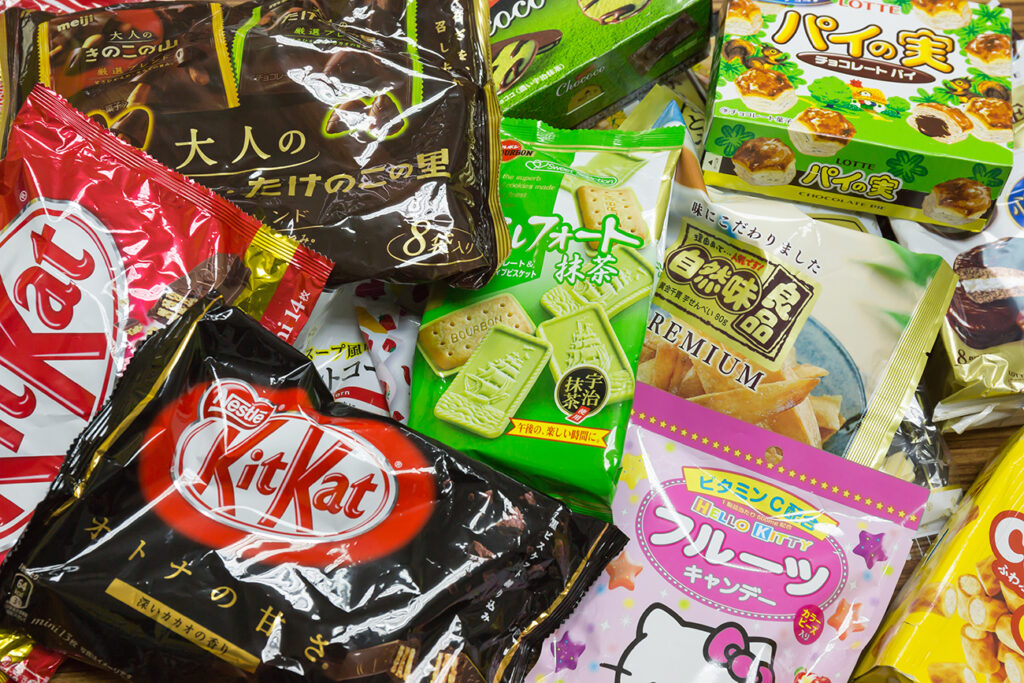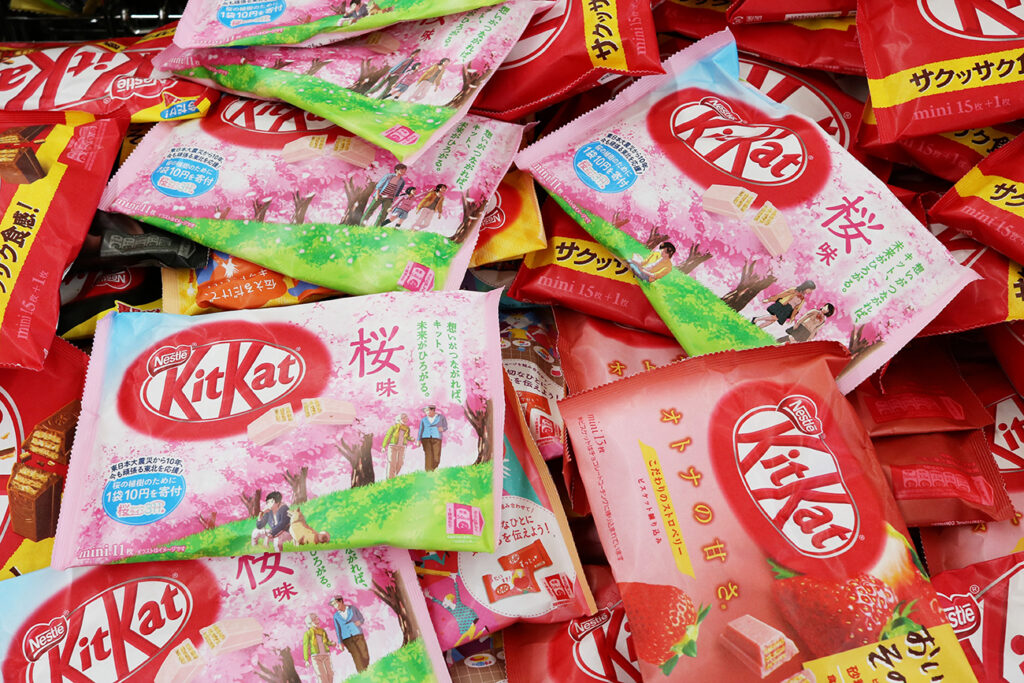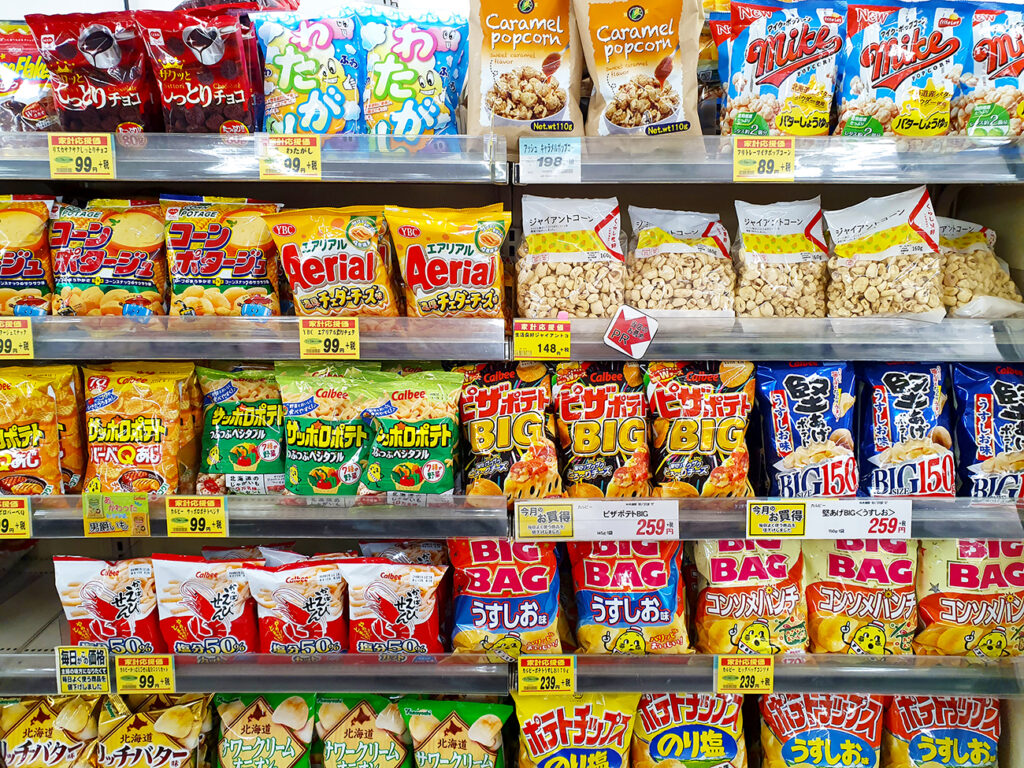
The Secret Meaning Behind Japanese Snacks
Japanese snacks are more than just tasty treats—they’re little windows into the country’s culture, values, and creativity. From colorful packaging to unusual flavors, these snacks carry hidden messages and stories that often surprise even the most seasoned snack lover. For students, especially those interested in culture or travel, understanding the secret meaning behind Japanese snacks is a fun and insightful way to learn more about Japan.
- Snacks as Lucky Charms
In Japan, snacks are often given as good luck charms—especially during exam season. Take KitKat, for example. In Japanese, “Kitto Katsu” sounds like “surely win,” so students receive KitKats as gifts to wish them success in tests or interviews. Nestlé even released special editions of KitKats with space to write messages of encouragement, turning a regular candy into a symbol of support.
- Seasonal Symbolism
Many Japanese snacks reflect the seasons, both in flavor and packaging. In spring, you’ll find treats with sakura (cherry blossom) themes to celebrate renewal and beauty. Autumn brings sweet potato, chestnut, and maple-flavored snacks that mirror the changing leaves. This seasonal sensitivity—known as kisetsukan—shows how closely Japanese culture is tied to nature and time.
- Regional Pride in Packaging
Japan is known for its regional (meibutsu) snacks. Each area offers a unique version of a popular treat that highlights local ingredients or history. For example, in Kyoto, you might find matcha-flavored cookies, while in Hokkaido, you’ll see snacks made with local milk and butter. These souvenirs aren’t just food—they’re a way to celebrate and share local identity.
- Hidden Messages and Wordplay
Japanese snacks often include puns, visual jokes, or symbolic designs. Koala’s March cookies feature different facial expressions and poses, some of which are considered lucky (like the one with eyebrows). Pocky, with its long, thin shape, is associated with sharing and friendship. It even has its own celebration—Pocky Day, on November 11 (11/11), because the date looks like four Pocky sticks.
- Cute as a Cultural Value
The cuteness—or kawaii—in Japanese snack design isn’t just about aesthetics. It reflects values like friendliness, approachability, and joy. Whether it’s a panda-shaped cookie or a tiny collectible toy inside your snack box, the design invites emotional connection, not just consumption.
Next time you grab a Japanese snack, look beyond the flavor. Think about the message, the season, the region, or the emotion behind it. These treats aren’t just for your taste buds—they’re bite-sized lessons in language, tradition, and cultural appreciation.
So go ahead, unwrap a little piece of Japan—you might be surprised by the story it tells.
